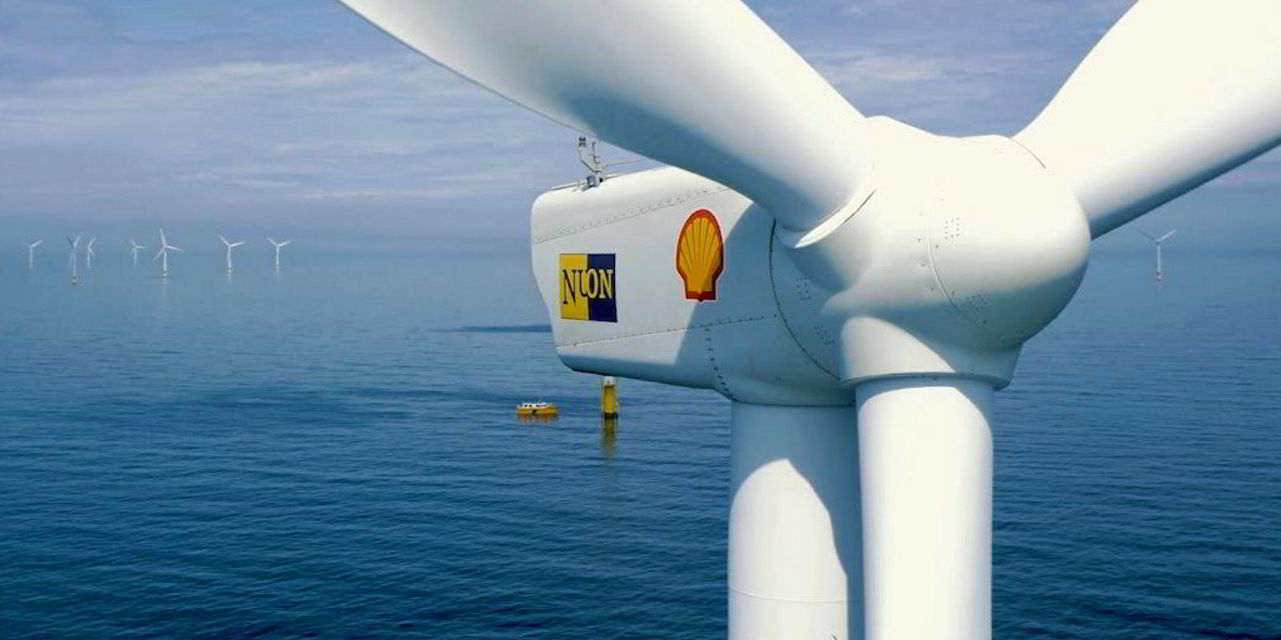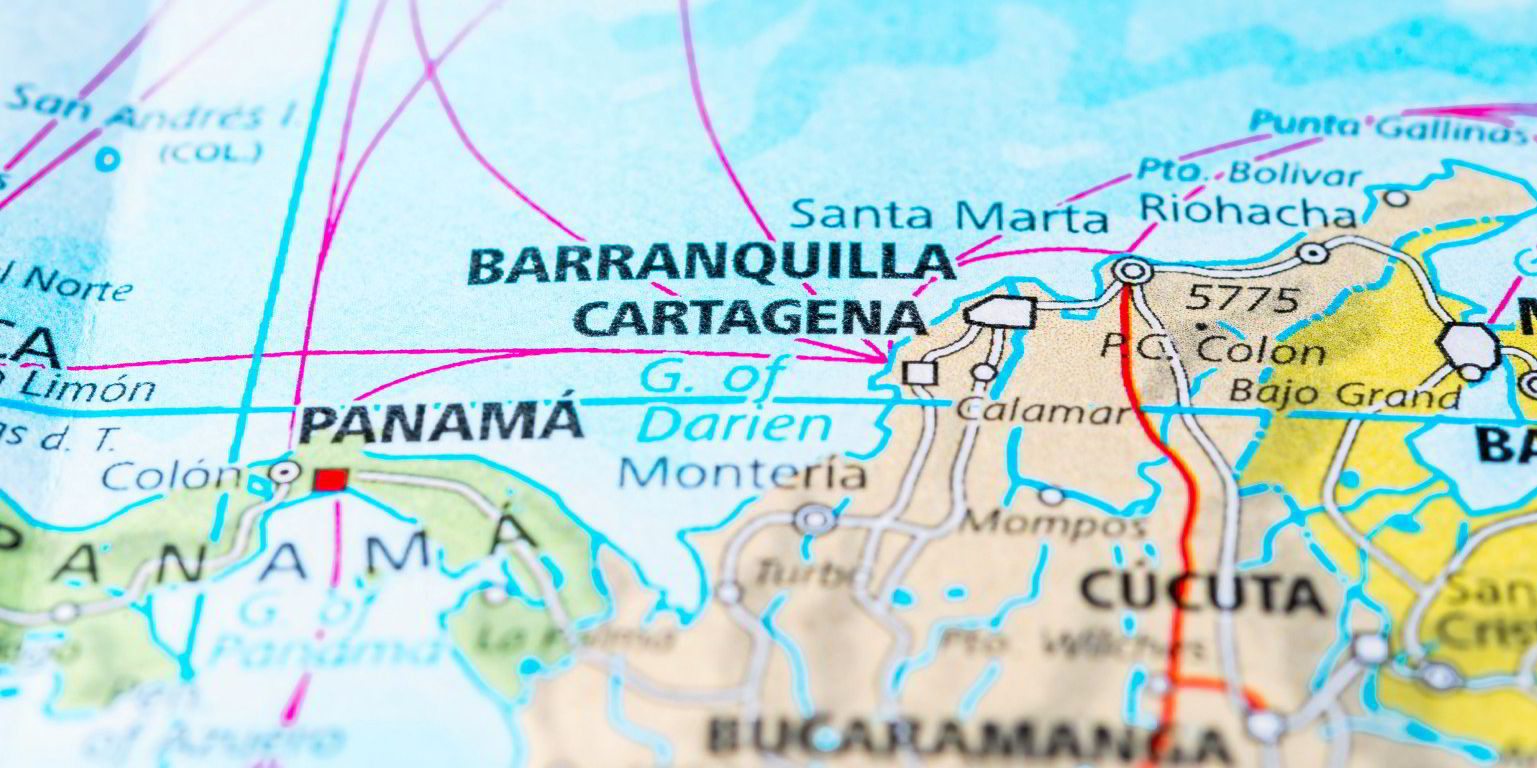Offshore wind heavyweights Shell and Copenhagen Infrastructure Partners (CIP) have shown new and more concrete appetite for developments off the coast of Latin America, as new regulation and studies bring the region closer to installing first turbines in the water.
Brazil is leading the way, with a government decree that will take force in mid-June assigning planning and permitting competencies to several ministries and government bodies. It also foresees that the mines and energy ministry will hold public consultations before offshore wind auctions could be staged, possibly next year.
Elbia Gannoum, president of Brazil’s wind energy association (ABEEeólica), told Recharge the decree was “a good starting point” as companies before didn't even “have an idea what door to knock if you have a project.”
But she said to make life easier for investors, more detailed regulation is required that would provide companies with a “one-stop-shop” for offshore wind permitting. So far, Brasilia has named nine different government (and military) bodies with diverging jurisdictions and interests that would all be involved in the permitting and tendering process.
The mines and energy ministry is currently coordinating efforts by several ministries for an additional joint decree (called a portaria) to provide further ongoing regulation needed for companies to kick off Brazil’s offshore wind development in earnest.
A key government body involved in the permitting process is environmental protection agency Ibama, which according ABEEólica already is evaluating 36 different offshore wind projects off the country’s roughly 8,000km Atlantic Ocean coast with a combined potential of 106GW.
Oil supermajor Shell said it has made initial licensing applications with Ibama in six areas off a clutch of states in the South American nation — Piauí, Ceará, Rio Grande do Norte, Espírito Santo, Rio de Janeiro and Rio Grande do Sul.
The areas being analysed by Ibama are only a fraction of the country’s offshore wind potential.
Brazil’s energy planning agency EPE estimated that the country’s offshore wind potential is as high as 700GW, while the World Bank previously has even pointed to a theoretical potential for 1,200GW.
CIP eyes Colombian offshore array
In a recent draft roadmap for offshore wind in Colombia, the World Bank put the country’s technical resource potential for offshore wind at about 109GW. But it said the most realistic resources for wind at sea reach about 50GW and are located in the eastern parts of its Caribbean coastline, where North Sea-style wind speeds of more than 10 m/s can be found, mostly in shallow waters apt for bottom-fixed technology.
“Estimated Net Capacity Factors (NCFs) for representative project sites, which is how much electricity these could produce compared to their theoretical full potential, approach 70% – particularly in the east of La Guajira – and are among the highest in the world,” the roadmap marvels.
CIP would like to tap into that potential, with plans to build a first 350MW project off the city of Barranquilla, the Caribbean city’s mayor announced via social media last month.
“This is a historic day for the city and Latin America,” said the mayor after a memorandum of understanding was signed with CIP over a project that could attract investments of up to $1bn.
Costa Rica and Argentina
Costa Rica, which like Colombia has both a Caribbean and Pacific Ocean coast, also recently took its first steps into the water, with state power utility Instituto Costarricense de Electricidad (ICE) scoping out development of first offshore wind farms “in the near future”, having set the seal on a $600,000 technical cooperation grant underwritten by the South Korean government.
ICE will use the funding from the Korea-CABEI (Central American Bank for Economic Integration) to explore the “challenges, risks, and opportunities” presented by development of offshore wind in its Pacific waters.
The project, which is expected to get under way in the second quarter, will include design of a buoy monitoring system for oceanographic and meteorological data, evaluation of coastal industrial infrastructure that could support sector development, and engineering and market analyses.
According to analyst Aegir Insights, Argentina — which like Brazil already has a thriving onshore wind sector — should not be dismissed either, due to its enormous technical potential of 2,500GW of offshore wind, thanks to heavy wind streams along almost all of its Atlantic coastline.





